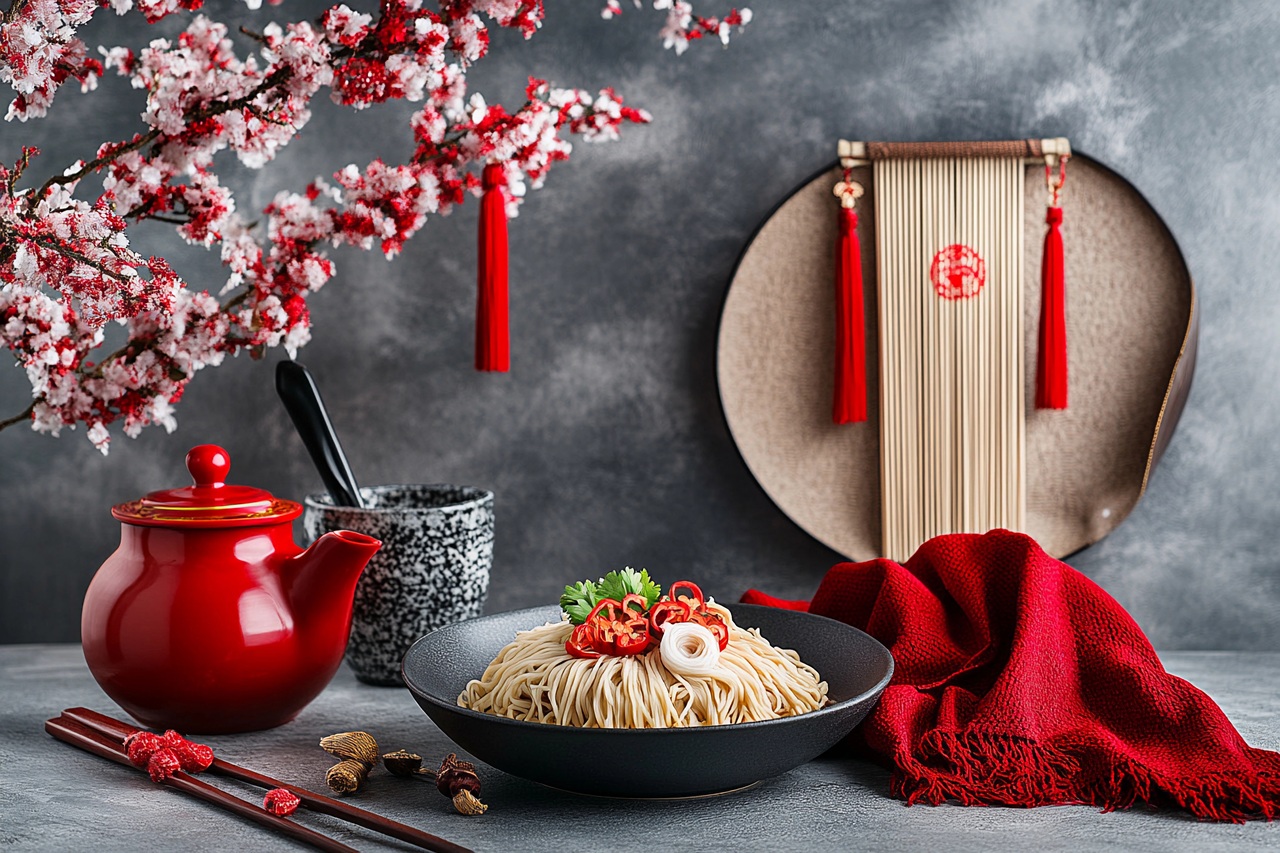
日本人が知らない「中華食材」の魅力とは
李 鴻(リコウ)料理長 プロフィール
プロフィール
76年中国・福建省生まれ。福建及び香港のホテルやレストランで料理長を務めた後、2006年に来日。千葉県の中華料理店で3年間研鑽を積み、2009年から中華料理店のオーナーに。2013年には法人を設立し、現在は東京・横浜に9店舗の中華料理店を展開。料理人としての技術向上への探求は現在も続いており、2017年には広州の五つ星ホテル・コンラッド総料理長の譚国輝氏に師事。

「引き算の発想」が「中華食材」が日本に浸透するには求められる
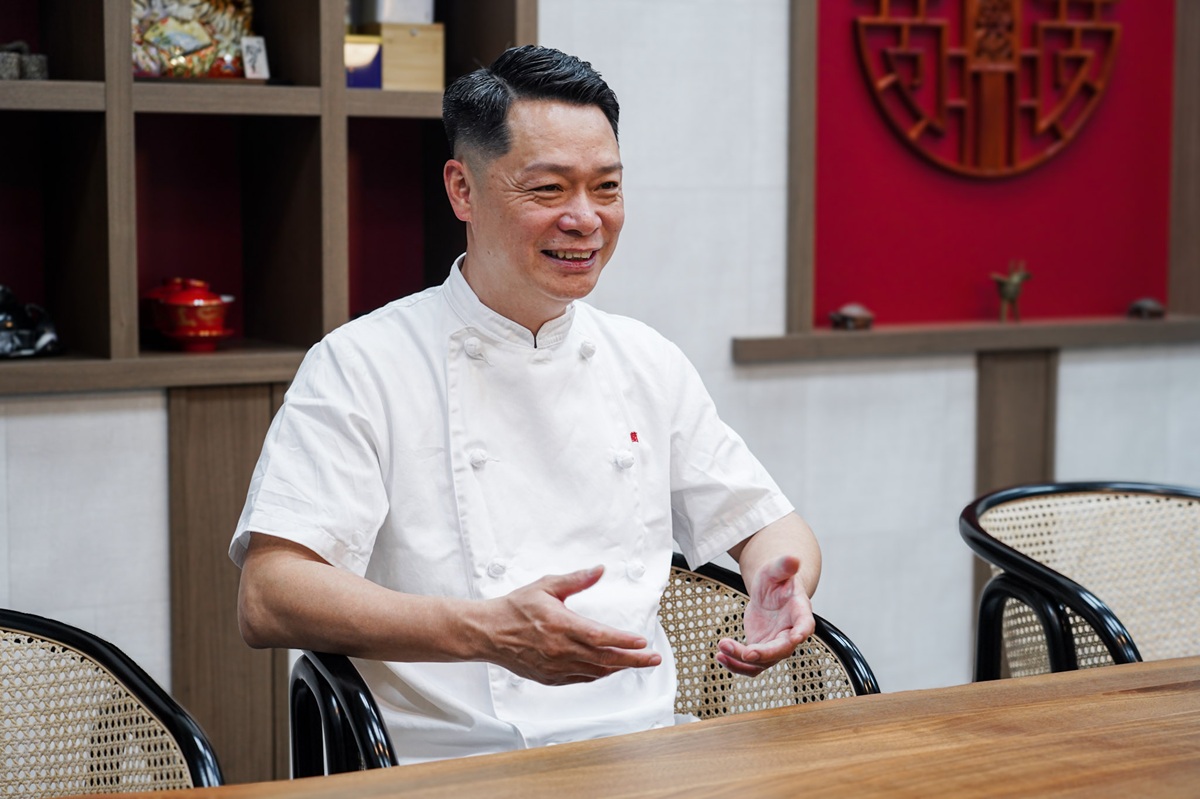
── 本場の『中華食材』が日本人に受け入れられるためにはどのような工夫が必要なのでしょうか?
私は福建省の出身で、現地のホテルで料理長を務めた後、2006年に来日しました。千葉県の中華料理店で3年間修業した後、2009年からは日本で中華料理店のオーナーとして活動してきました。また、2013年には自分の会社を立ち上げ、現在は東京を中心に「蘭苑」などの本格中華のお店を展開しています。店舗によってコンセプトは違いますが基本的には日本にローカライズした中華や創作料理を提供しています。
よく言われることですが、日本人は素材本来の味を大切にしますね。ですから、『中華食材』が日本に浸透するには「引き算の発想」が求められると思っています。例えば、本場の味から刺激を減らして、まろやかな味わいにしたり、刺激的な調味料をいくつも使わないなどの工夫が必要です。
蘭苑の人気メニューに「よだれ鶏」というものがあるのですが、蒸した鶏肉に辛いたれをかけて食べる四川料理です。よだれが出るほど美味しい鶏料理を意味する、中国でも人気のメニューなのですが、四川の本場の味にこだわると日本の方には刺激が強すぎます。ですから、当店では、辛さを日本の方に合わせて調整しつつ、よだれ鶏が持つ本来の美味しさを損なわないような工夫をして提供しています。
中国で親しまれる「オーツ麦」や「さつまいも麺」などを紹介
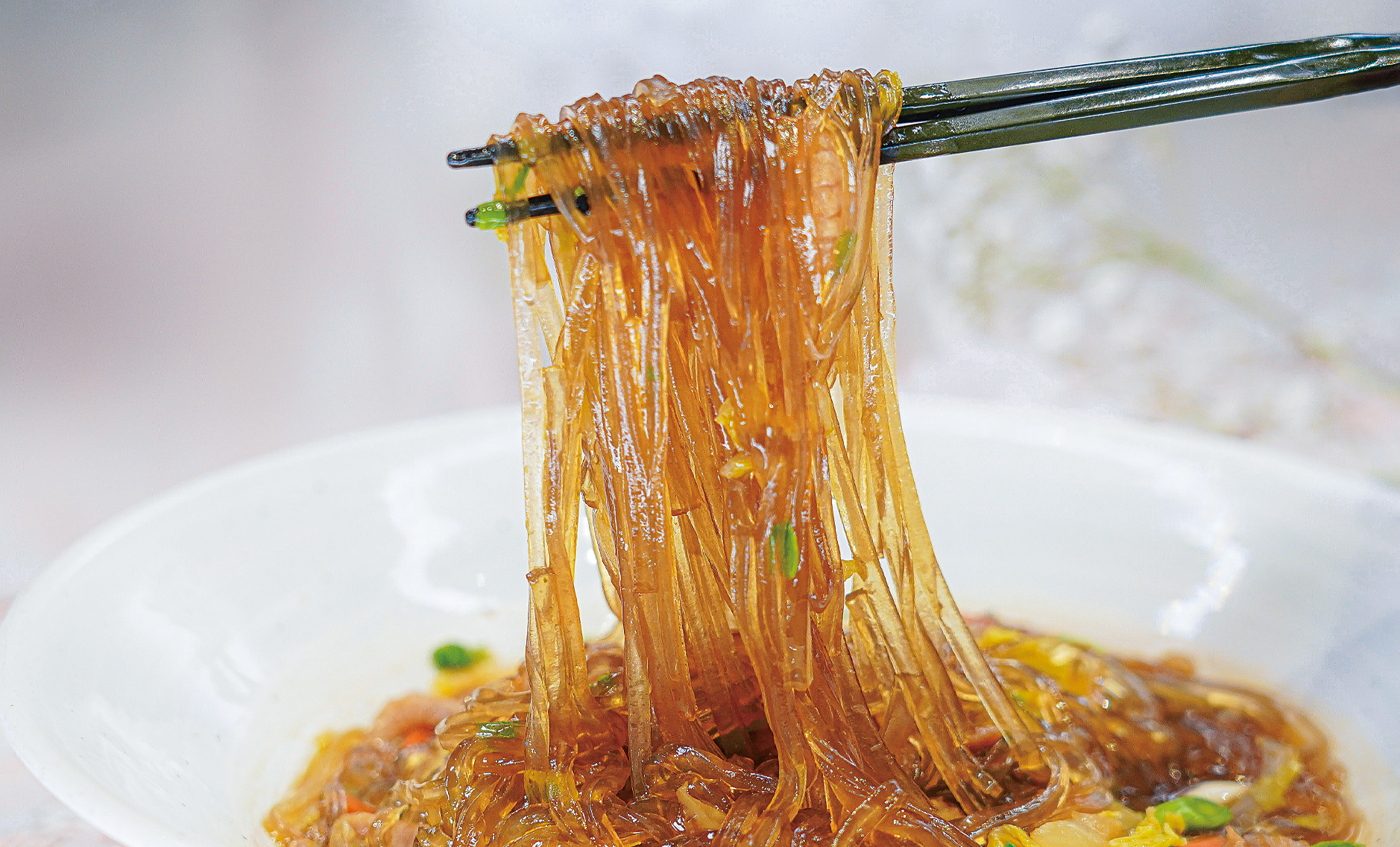
── 今回、ハイケムが取り扱っている中華食材「オーツ麦」とはどのような食材ですか?
オーツ麦は燕麦(えんばく)ともいわれ、中国では特に北部などの寒冷地で親しまれている食材です。家庭で利用されるというよりも、レストランなどで点心や中華菓子の材料として利用されることが多いですね。
また、中国ではオーツ麺専門の大手外食チェーンが、400店舗ぐらいを中国全土に展開していることもあり、麺としての食べ方も広く親しまれています。
──「さつまいも麺」についても教えてください。
四川省や福建省ではサツマイモ栽培が盛んで、その加工品であるサツマイモ麺が広く親しまれています。特に四川省ではサツマイモ麺を使った「酸辣粉(サンラーフェン)」が郷土料理として有名です。また、「火鍋」や「麻辣湯(マーラータン)」などのスパイシーなスープ料理にも欠かせない存在で、鍋やスープに入れたり、煮込んだりする料理に入れることが多いですね。
また、蒸籠でカニを蒸すときに下にサツマイモ麺を敷き詰めるといった使い方もあるのですが、カニの濃厚な旨味を春雨が存分に吸い込むので至高の一品に仕上がります。
李 鴻料理長が考える「中華食材」の魅力とは?
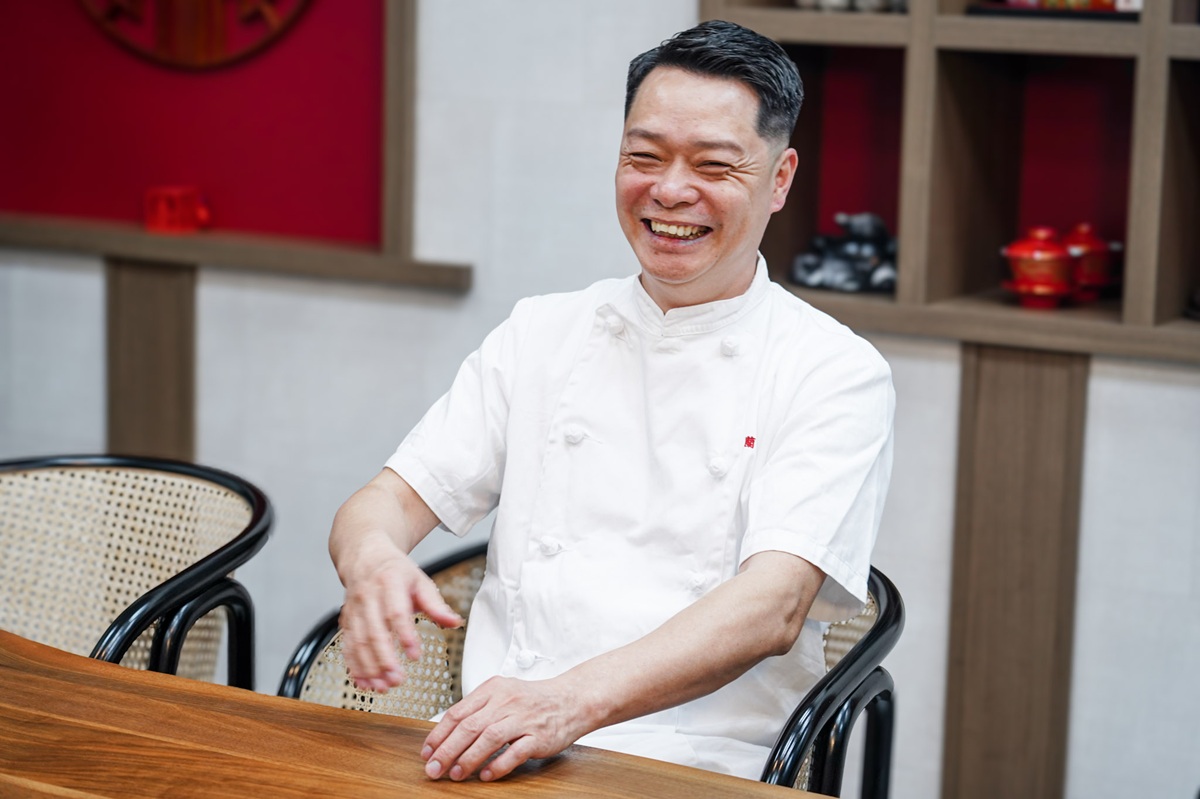
── あらためて『中華食材』の魅力は何だと思われますか?
まず、中国の国土は広大で、地域によって気候も地形も違います。ですから中華料理は、場所が少し変わるだけで、まったく異なる特徴を持つ料理として発展してきました。
だからこそ「中華食材」には、各地域で大切に受け継がれてきたものが多く存在します。それらは、昔からその土地の人々が美味しく、そして健康的に食べられるよう、知恵と工夫を重ねて確立されてきました。
そのため、中華食材の多くは自然で身体に良いものが多く、栄養価が高いものが多いです。また、地産地消であるため、価格も安い。中国では、その土地が育んだ食材を、それぞれの地域で大切にする文化が根付いています。このことこそが『中華食材』の持つ魅力なのだと思います。
「蘭」「青松」「蘭の拾璞」9店舗を東京・横浜に展開 ハイケム×蘭苑「知られざる中華食材フェア 開催」4月21日~6月末日予定
・蘭苑
住所:〒105-6304 東京都港区虎ノ門1-23-3 虎ノ門ヒルズ 森タワー 4F 電話番号:03-6206-6605
営業時間:11:00~15:00(L.O.14:30)、17:00~23:00(L.O.22:00) 定休日:無休
・中國料理 蘭
住所:〒105-0001 東京都港区虎ノ門1-17-1 虎ノ門ヒルズビジネスタワーB1F 電話番号:03-6811-3220
営業時間:11:00~15:00(L.O.14:30)、17:00~23:00(L.O.22:00) 定休日:無休
・蘭の拾璞 コレットマーレ店
住所:〒231-0062 神奈川県横浜市中区桜木町1-1-7 コレットマーレ6F 電話番号:045-319-6856
営業時間:11:00~23:00(L.O.22:00) 定休日:無休
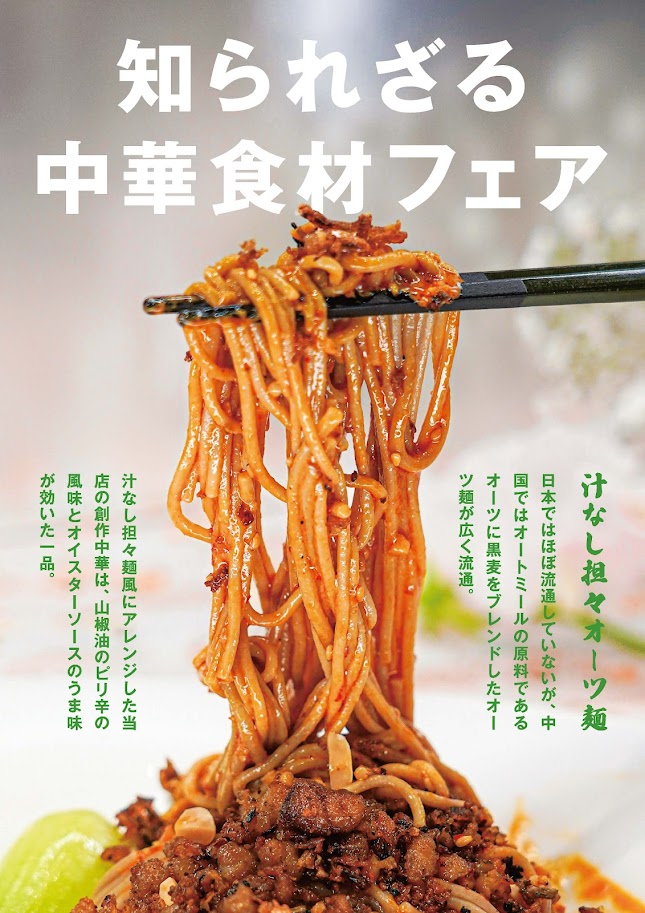
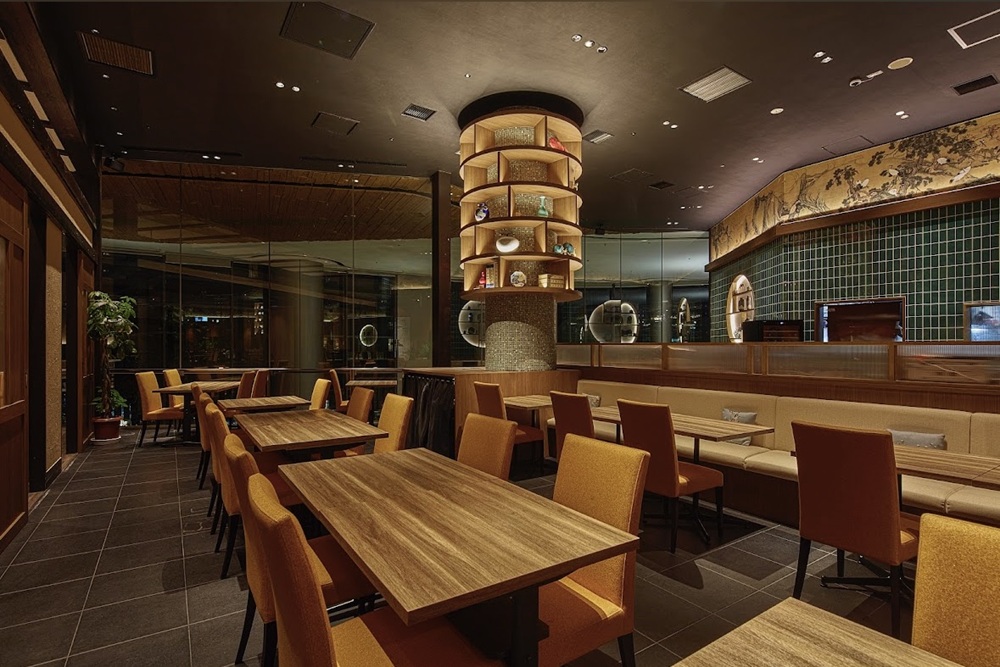
[お店紹介] 虎ノ門ヒルズ 本格中華料理「蘭苑」
『本場の味と空間を楽しむ、本格香港料理の真髄』
新鮮な海鮮の風味、こだわりの肉料理、彩り豊かな野菜の数々——。本格香港料理『蘭苑』では、素材それぞれの持ち味を見事に引き出した料理を提供。広東料理を基調に、欧州やインドの食文化のエッセンスを取り入れた香港料理は、まさにアジアが誇る美食文化の結晶。本場の味わいを、心ゆくまで堪能できます。
中国産燕麦から製粉した粉
中国産の裸燕麦胚芽・胚乳を使用したミール




